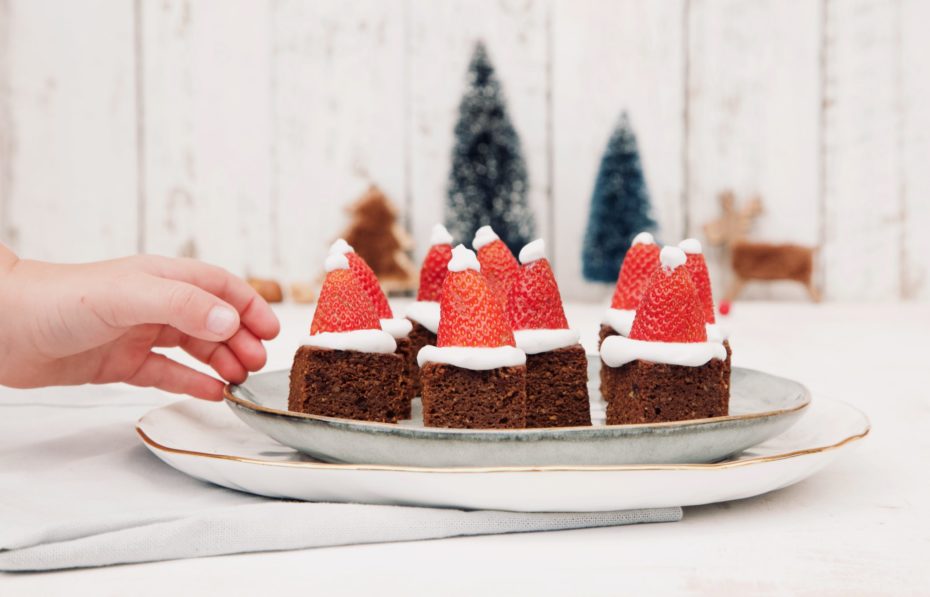Meal Ideas For Fussy 1-year-Old

A Helping Hand with Feeding Fussy Eaters these School Holidays
With the school holidays approaching and a festive feel in the air, it’s a wonderful time to plan some cooking and baking activities with your children. Not only is sharing some kitchen time a meaningful activity that can help to reduce fussy eating behaviours and increase the likelihood that children will try new foods, it also means meal prep can be worked into the holiday schedule and boredom can be averted! Win-win!
We’ve teamed up with our nutrition partner Mandy Sacher from Wholesome Child, to provide some tips and recipes for families who will be sharing more meals together when children are not at childcare.
Cooking with children helps your child to:
- Develop fine motor skills
- Learn about nutrition
- Help with desensitisation
- Increase food appreciation
- Develop vocabulary
- Develop self-esteem
- Encourage learning about maths
4 ways to make cooking with children happen in your house:
- Make sure you have child-friendly cooking utensils (outlined below)
- Get your child to help you make a list of ingredients for your meal – they can either write the words or draw pictures
- Go to the grocery store or select the ingredients online together – allow your child to pick the items off the shelves or unpack the box when it’s delivered
- If possible, grow your own veggies and herbs – even a few small pot plants with herbs on the windowsill is a good way to continue exposing your child to different foods, where they come from, etc.
Inspiration for what your child can help with:
- Measuring – this is a great opportunity for them to use their developing reading and math skills.
- Cutting – snipping herbs with child-friendly scissors is a great place to start.
- Chopping – using a small child-friendly knife, teach your child to form his other hand into a claw to keep fingertips out of danger and always supervise.
- Grating – use a standing grater with a handle and keep watch to ensure your child’s fingers don’t get too close to the grater.
- Folding – show them how to fold an egg white into a cake mixture.
- Greasing a cake tin or tray with butter or lining with wax paper.
- Peeling – teach them to peel hard-boiled eggs with their fingers, they may also try vegetable peelers but always keep watch.
- Setting the dinner table – further engage your child in family mealtimes and hand over this responsibility to them.
“I have found cooking with my children to be a great way to combine play with the daily routine of preparing meals – especially when we have more time on our hands without the school rush.” Mandy Sacher, Paediatric Nutritionist
Ten top tips for dealing with fussy eaters
- Desensitise children to new food by asking them to help with the shopping and food preparation.
- Make new foods familiar by repeatedly serving them in a calm, familial environment.
- Let children indulge in messy, sensory play away from the table.
- Eat as a family when possible.
- Get children excited about nutrition and vitamins by sharing how different foods help them see better, jump higher or run faster.
- Work with what they already like – but switch it up – Pizza? Try a sweet potato base. Pasta with red sauce? Boost it with grated veggies and puree or add Wholesome Child Veggies+ powder.
- Offer meal choices to children so they feel like they have a say.
- Serve a small portion on a large plate.
- Make mealtimes fun and relaxed by sharing stories or playing Eye Spy games.
- Praise and encourage children to try new foods – and don’t be afraid to use star charts and outings to celebrate milestones.
Holidays are a great time to repeatedly offer new flavours and textures calmly, which will help children get used to them. It’s also the perfect time to switch up how favoured foods are cooked and presented, for instance roasting carrots or cutting them into shapes to extend a child’s repertoire and tolerance for variety.
Sitting down and eating as a family is important as it will help children see how adults and siblings enjoy eating foods they aren’t sure of, and will help reduce any mealtime anxiety.
Wholesome Child Favourite Holiday Recipes and why they work for fussy eaters:
To access the full recipes and many more, you can sign up for free access on My Wholesome Child where you will also receive a smart recipe tool and other features, such as the ability to swap ingredients, search and scale for different serving sizes.
Banana Bread
Wholesome Child’s nutritious and delicious banana bread is rich in healthy fats, iron and protein – plus it’s school friendly! A perfect all-rounder which can be enjoyed by the whole family. It’s easy to make, good for oral health and a great alternative to commercial banana breads which may be filled with unwanted fats, sugar, sodium and preservatives.
Get Free Recipe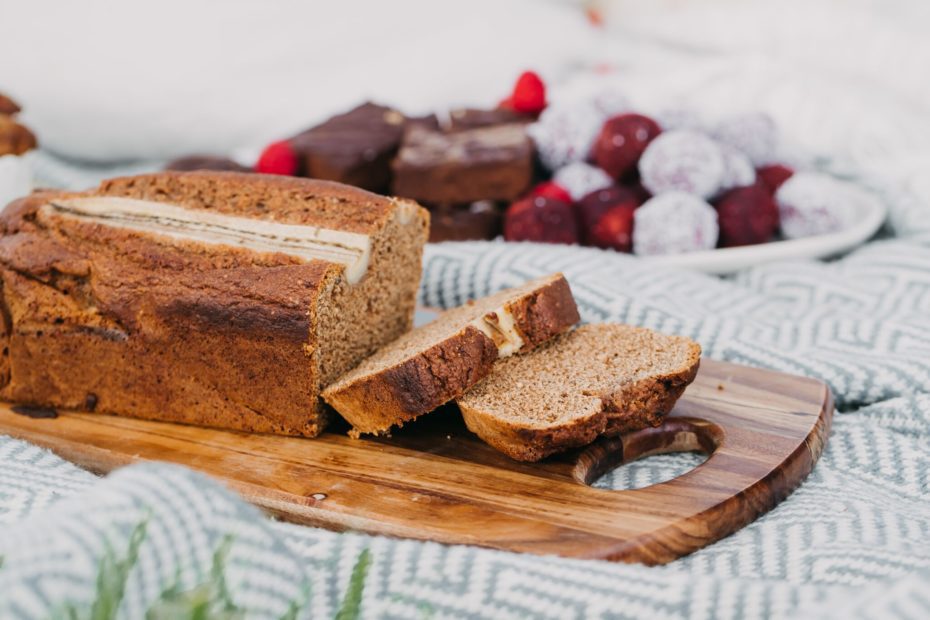
Beef Vegetable Meatballs
Meatballs are a fantastic way to get children to eat vegetables they might normally refuse. These meatballs contain carrot, zucchini, onion and an apple for added sweetness. Children often enjoy sweet sauces with their meat dishes. Rather than adding processed ones, try serving with Wholesome Child’s homemade tomato sauce.
Get Free Recipe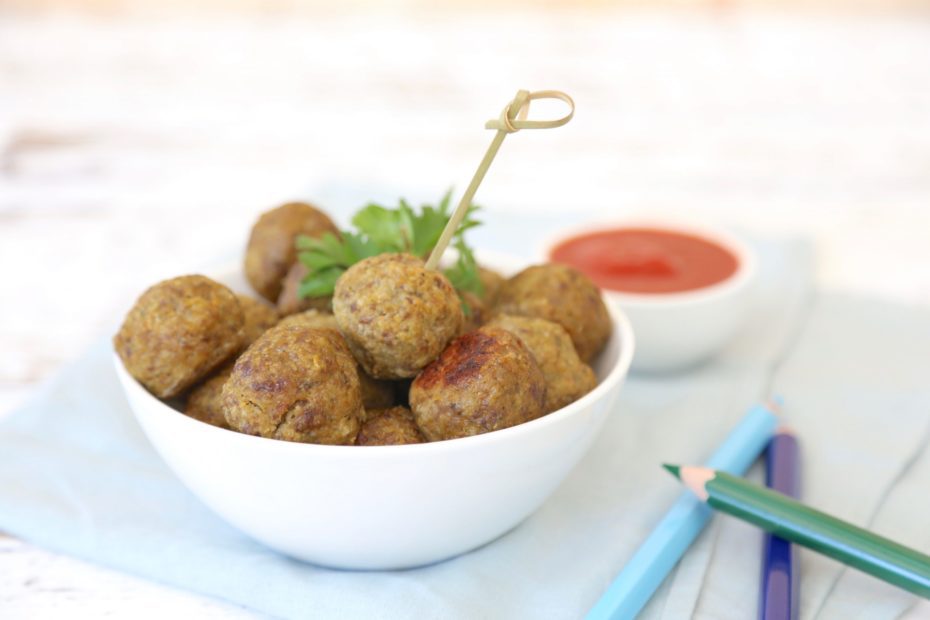
Apricot Muesli Bars
Commercial muesli bars are often loaded with processed sugars, hydrogenated fats, preservatives and other ingredients which are best left on the supermarket shelves. This delicious and nutritious allergy-friendly muesli bar is packed with whole food nutrients which are perfect for a snack anytime.
Get Free Recipe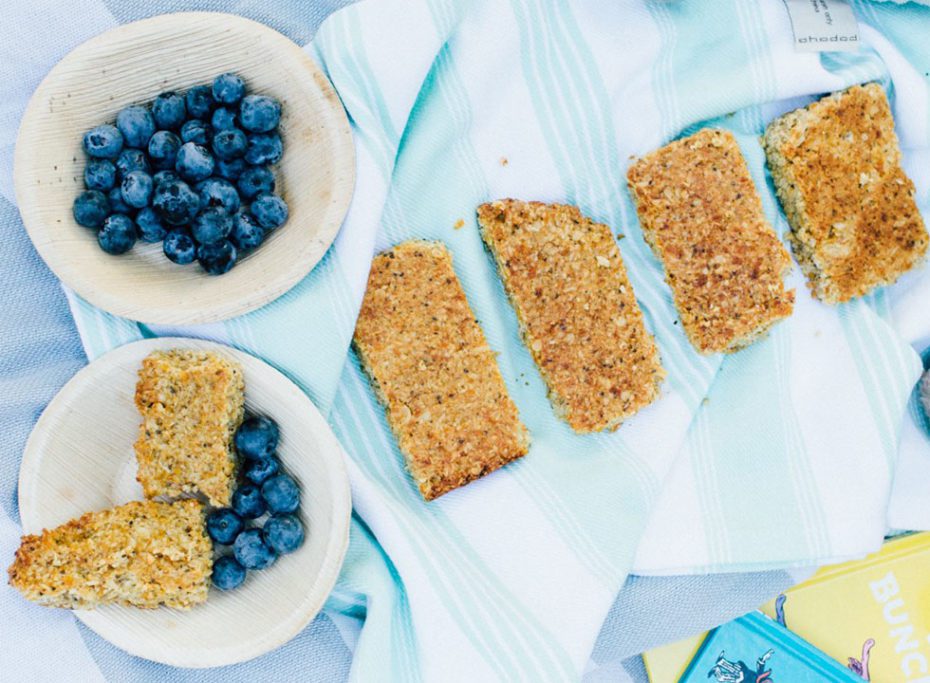
Roast Turkey
Roast chicken is a staple in many homes. However, when it comes to Christmas, a simple swap for turkey is often easily accepted by even the fussiest of little eaters. This recipe contains no nasties and it’s high in protein and an excellent tummy filler, plus leftover turkey is delicious in sandwiches the next day.
Get Free Recipe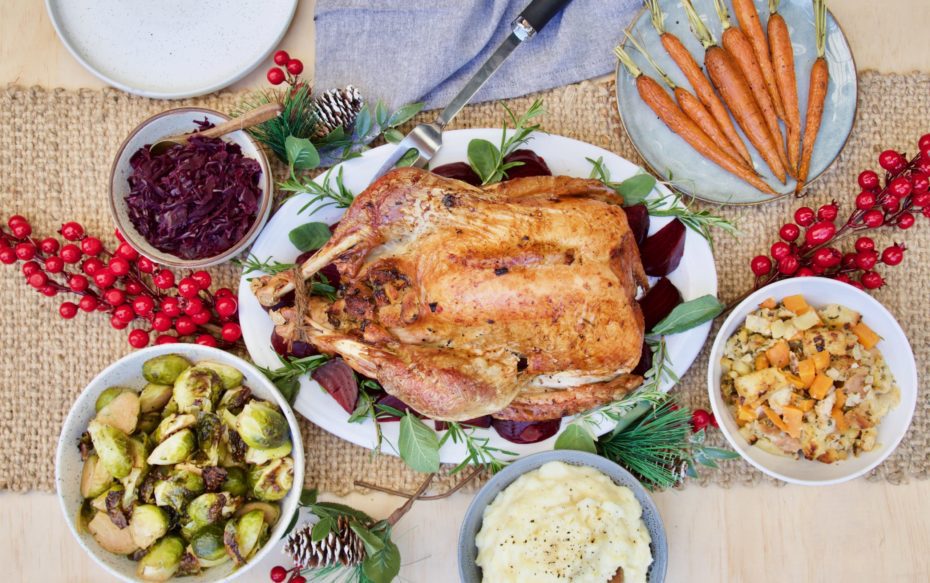
Sweet Potato Brownies
These brownies are boosted with goodness while still being able to satisfy even the fussiest of little eaters. They are high in protein and contain no added sugar or nasties, which means they will not cause sugar highs and lows.
Get Free Recipe